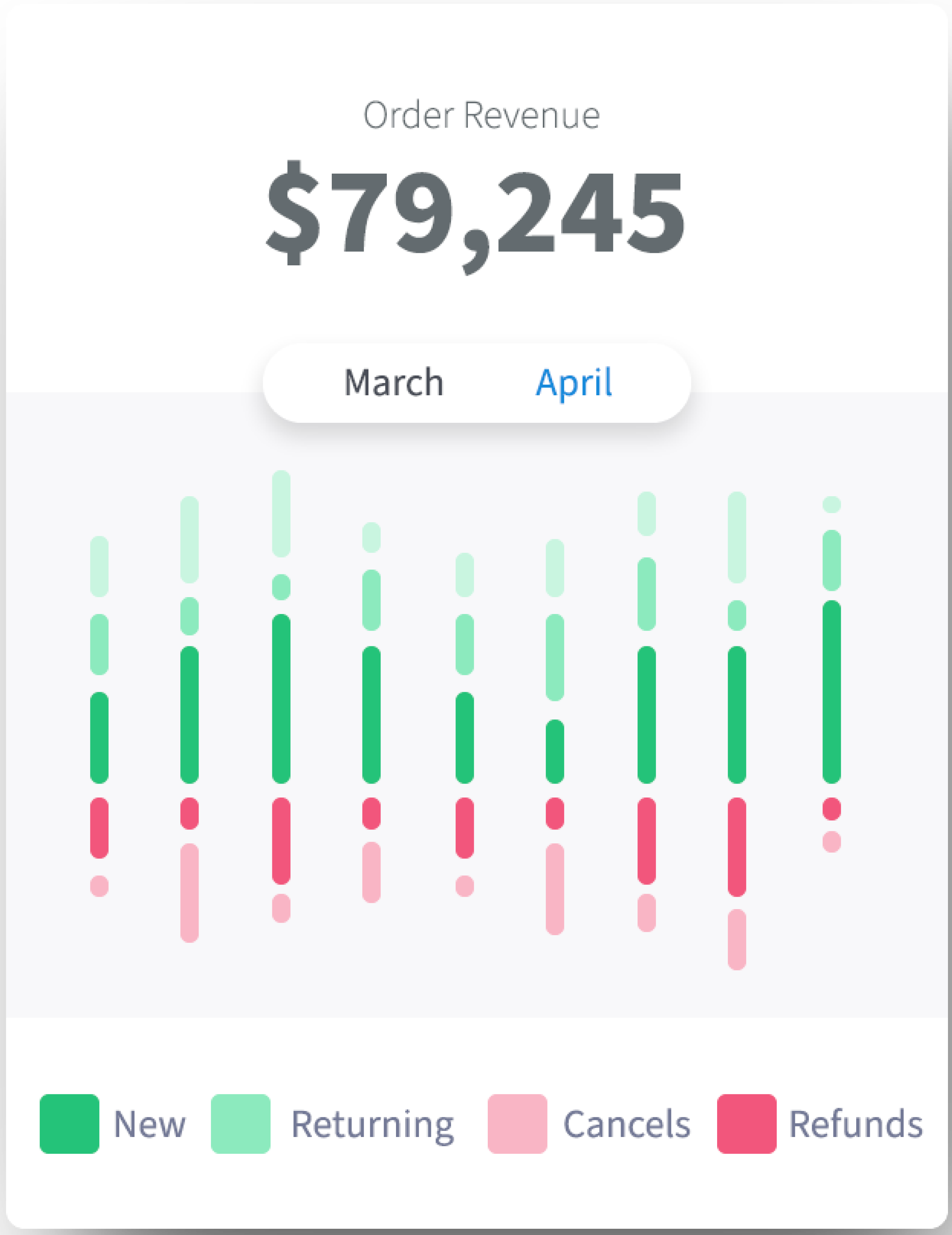If you are running an information product-based business and selling online courses and you want to continue to sell and continue to grow, you need to know your numbers.
Unless you’re operating off of your memory and let’s face it, everybody’s memory sucks, especially before your first cup of coffee. If you’re not checking your numbers periodically, you don’t know whether you are growing and you don’t know how things are moving in your business.
Figuring out your numbers may require a bit of a scavenger hunt. Let’s get started. The first, very important, number that you need to understand is website traffic:
- How many visitors do you get to your site (daily, weekly, monthly)? Your website’s value is based off the number of visitors you get. No matter how awesome your website is, if no one sees it, it’s pointless.
- How many people do you have subscribed to your email list? These subscribers are your tribe. Your email lists allows you to engage with your audience and is way more personal than blogs or tweets.
- How often are you offering a chance to purchase your course (once every 30-days, once a year, every six months)? Do you know how this all happens? And before you start blasting your product to your email list, make sure that you are aware of “subscriber burnout”!
The second important number is your conversion rate, which can tell you how much money you are making from the products and courses you are selling. In short, your conversion rate is the percentage of visits which result in sales. This helps you determine how many visitors are actually turning into customers, or your business profitability.
To determine your conversion rate, you’ll need to know:
- How many people bought your course (last week, last month, last year)?
- How many people visited your course sales page.
Once you know this, you can divide the total number of course sales by the number of leads that visited your sales page. Voila! That’s your conversion rate, the higher percentage, the better.
The last important number you need to understand is your list to purchase ratio, as well as stats that track your customer’s course movement. Ask yourself these questions while gathering data:
- How long are people on your list before they buy? If a lead finds you do they buy within the first week, or the second week? Or do leads typically not buy your course until they have been on your list for at least six months? Whatever that number is, find it.
- How long does it take somebody to go through your course in your mind?
- How long does it take somebody to go through your course in reality?
- At what point are you offering a follow-up course? If you have a Basic Photography Technique course, there should be an Intermediate Photography Technique course that follows. Your courses should be progressing in a college curriculum mentality.
If your student is super interested in your topic and wants to learn more, you need to have another course for them to progress to. Remember, if you’re not offering another course, they’ll go learn from someone else!
This is imperative if you want your students coming back for more. So take a look at your course from an outside point of view:
- If you have more than one course, how many leads buy A or B and how many leads buy A+B?
- As leads go from Basic to Intermediate, what does that look like?
- What is the success rate of a completed course? Of the students that start your course, how many of them actually finish it?
Those are our top three important numbers, but of course there are so many metrics out there that can help you understand and grow your online business. Looking at metrics from a business standpoint, these are the must-knows:
- How much money is your business making?
- How much money is your business spending?
- How many courses do you need to sell each month to break even?
If you are selling services, plus a course, what does that look like? How many packages do you need so that you know what your breakeven point is? $3,000 per month? $5,000 per month? $500 per month? You need to know where those numbers are.
Last, but certainly NOT least.
Be sure that you set up a time on your calendar to find your numbers. There are two pieces to finding your numbers:
- Scavenger hunting the numbers, and
- Going through and looking at your numbers and comparing it to what the numbers were last time.
If you don’t know and write down your numbers, you can’t figure out whether you are growing or whether you are shrinking. And yes, at the end of the day you are either going uphill or downhill.
Life is more about climbing mountains and going down mountains than it is about things being status quo. As Vince Lambardi said, “The man on top of the mountain didn’t fall there.”
Take action.
If you enjoyed this article, we put together a resource with our recommendations of the important numbers for you to track. (Read more about it below and get it by filling out the form.)

